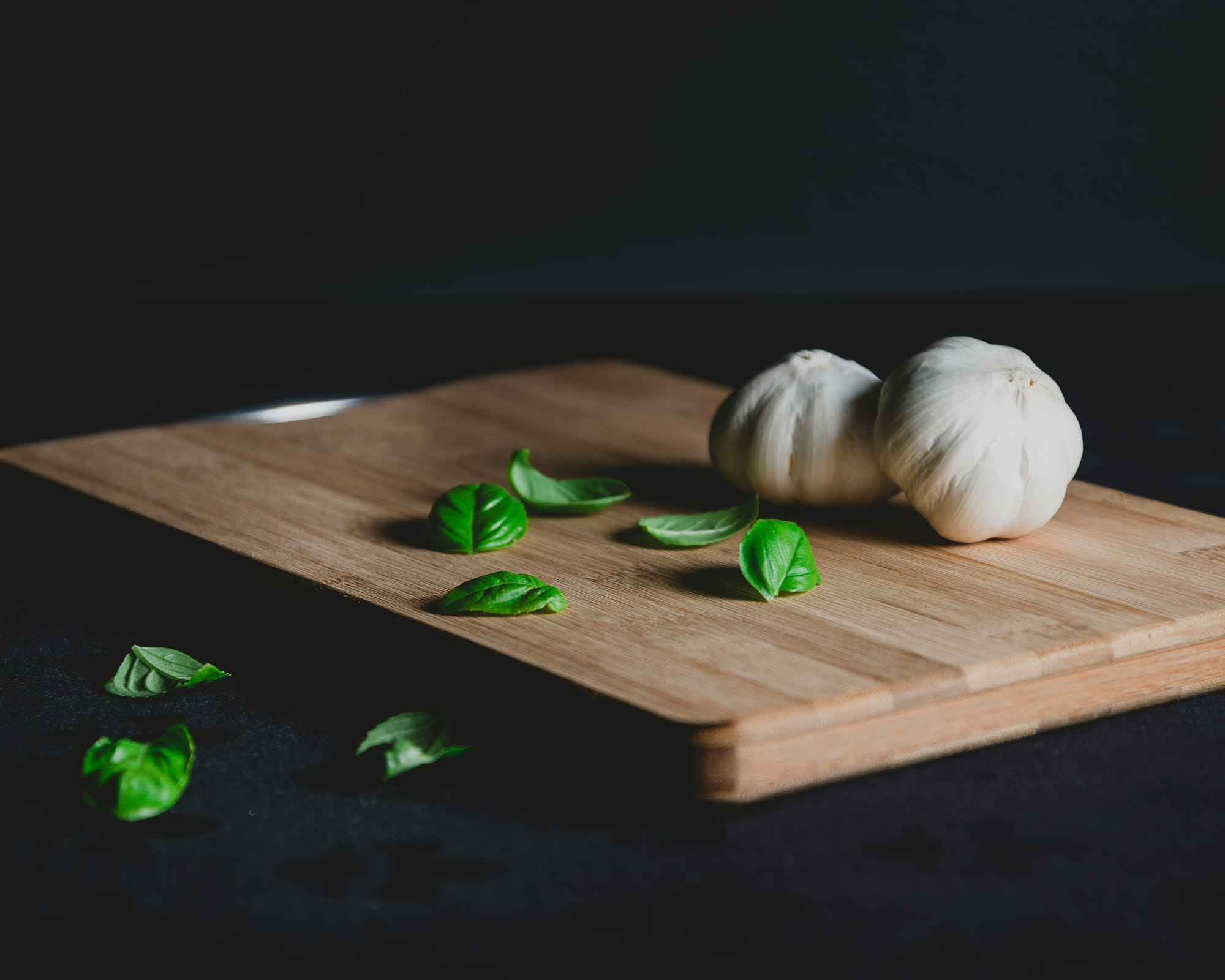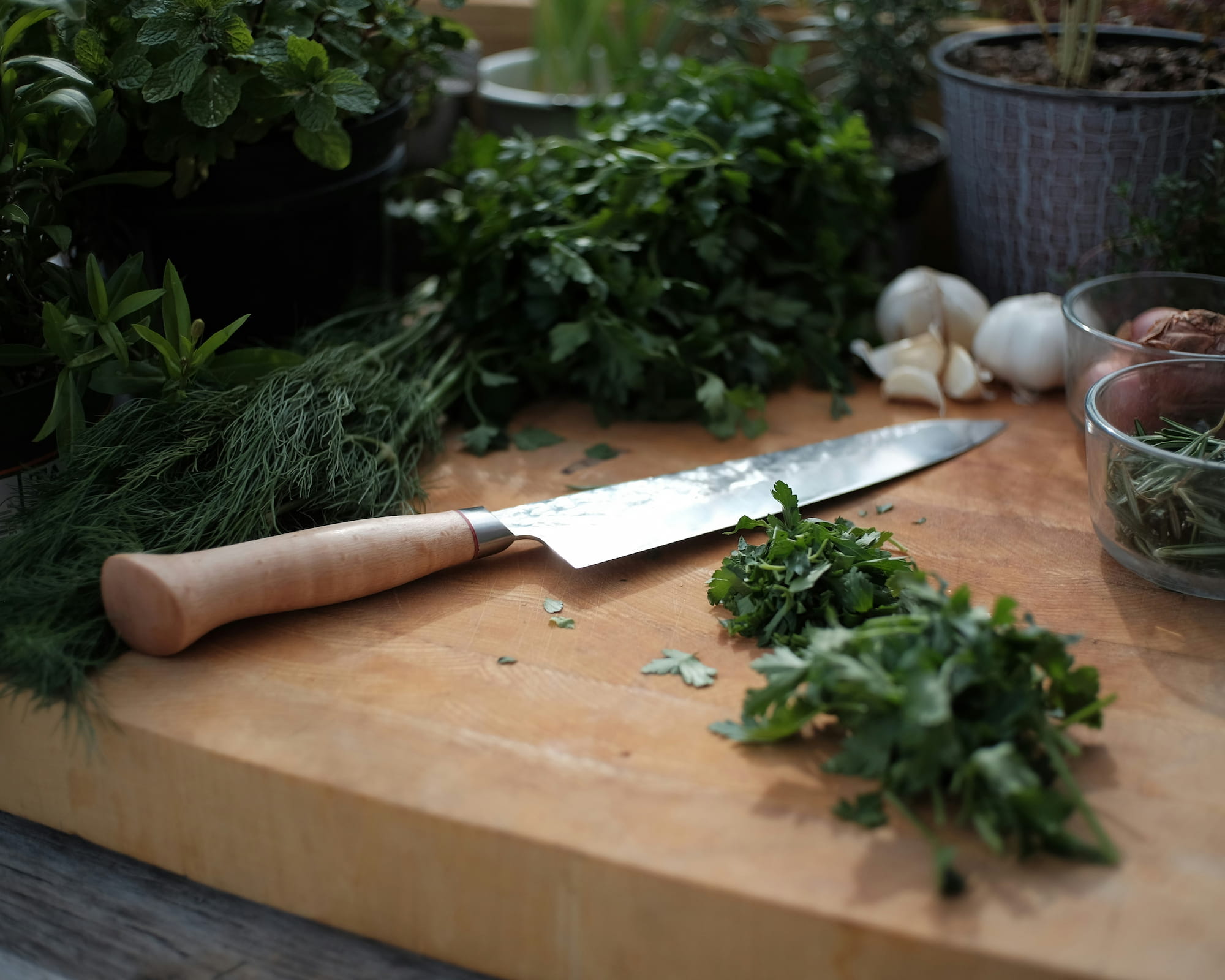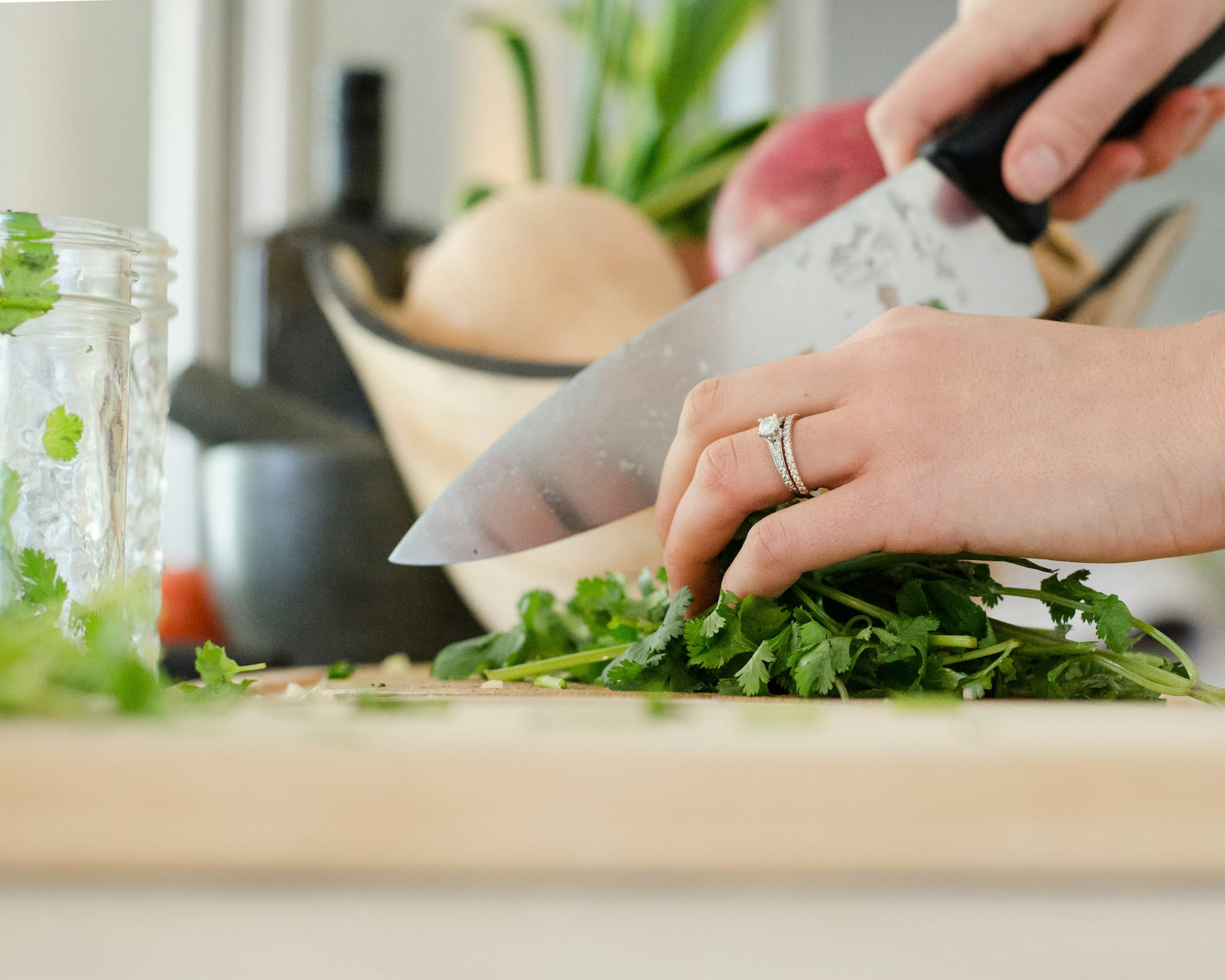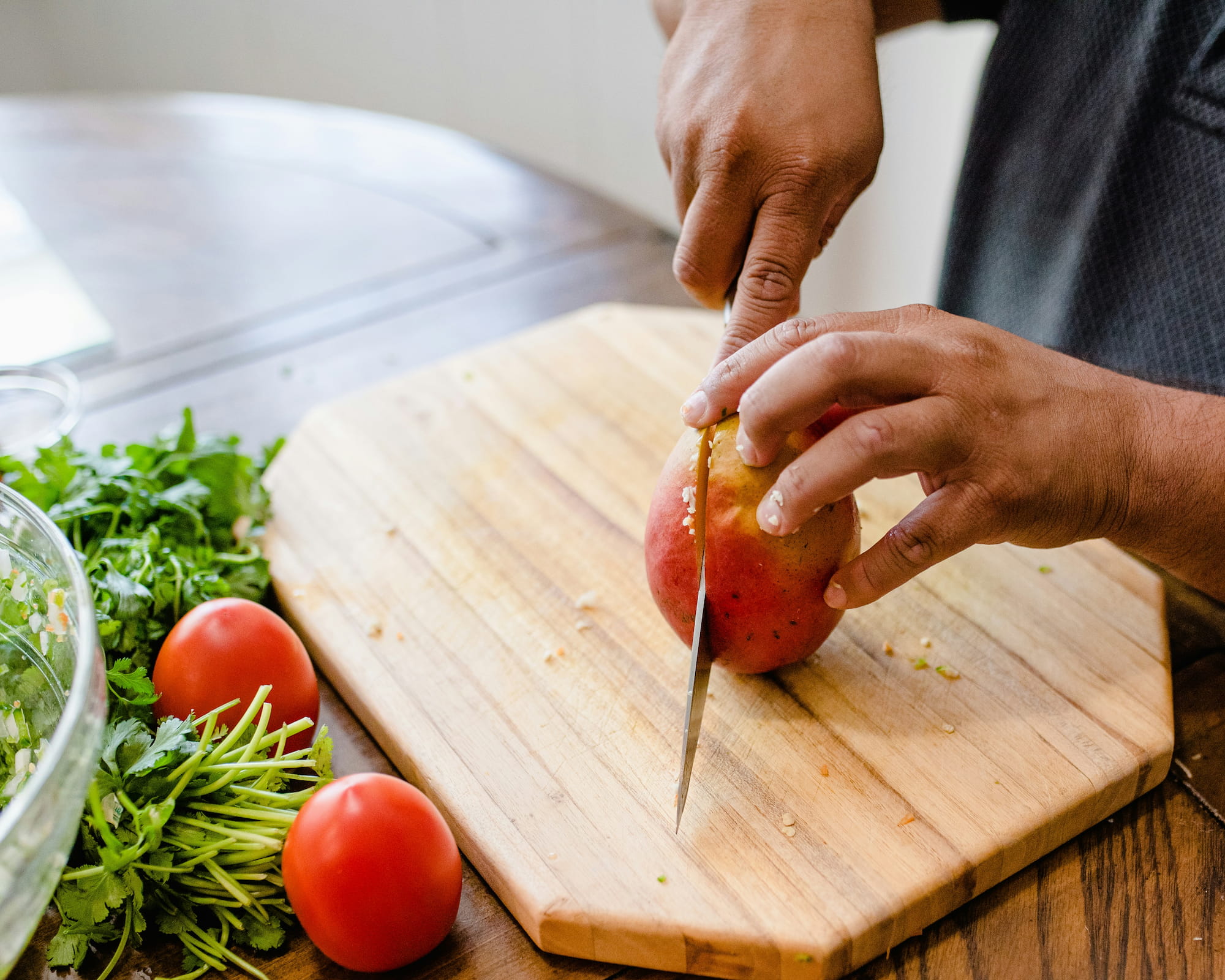Your cart
It seems that your cart is empty.
Headlines
Your cart
It seems that your cart is empty.
Headlines


Choosing the right kitchen knife is essential for anyone passionate about cooking, whether they are an amateur or a professional. A good knife not only improves the efficiency and precision of cutting but also makes meal preparation more enjoyable and safe. In this guide, we will help you identify the important criteria for choosing the ideal kitchen knife and understand the different types of knives available.

Type of knife
addChef's knife: versatile, it is used for most cutting tasks, from meat to vegetables.
Bread knife: with a serrated blade, it is perfect for slicing bread without crushing it.
Paring knife: small and handy, ideal for precise tasks such as peeling fruits and vegetables.
Santoku knife: of Japanese origin, similar to a chef's knife, but with a shorter and wider blade.
Boning knife: used to separate meat from bones with precision.
Blade material
addStainless steel: corrosion-resistant and easy to maintain, but requires regular sharpening.
Carbon steel: very sharp and easy to sharpen, but prone to rust if not properly maintained.
Ceramic: very hard and light, but fragile and difficult to sharpen by yourself.
Knife handle
addWood: aesthetic and comfortable, but requires regular maintenance to prevent moisture absorption.
Plastic: lightweight and easy to maintain, but may lack comfort and durability.
Composite materials: combine durability and comfort, water-resistant and easy to clean.
Balance and Handling
addA good knife should be well-balanced, with an even weight between the blade and the handle.
The grip should be comfortable, allowing for prolonged use without fatigue.

Chef's Knife
addUse: cut, slice, chop.
Features: wide and curved blade, 20 to 30 cm in length.
Bread knife
addUse: slicing bread, pastries.
Features: serrated blade, length of 20 to 25 cm.
Paring knife
addUse: peeling, cutting small fruits and vegetables.
Features: small blade, 7 to 10 cm in length.
Santoku knife
addUse: cutting, slicing, chopping, especially vegetables and fish.
Features: shorter and wider blade than the chef's knife, often with dimples to prevent food from sticking.
Boner
addUse: deboning meat, removing fish skin.
Features: thin and flexible blade, 12 to 17 cm long.

Read customer reviews and tips from our craftsmen: check out buyers' and craftsmen's reviews to get an idea of the performance and durability of different knife models.
Regular maintenance: a good knife should be cared for, sharpened regularly, and hand washed.
Invest in quality: a high-quality knife may seem expensive, but it will last longer and offer better performance.

Choosing the right kitchen knife is an important investment that will enhance your daily cooking experience. By considering the types of knives, materials, balance, and grip, you can find the perfect tool for your needs. A well-chosen and carefully maintained kitchen knife will quickly become an indispensable ally in your kitchen.